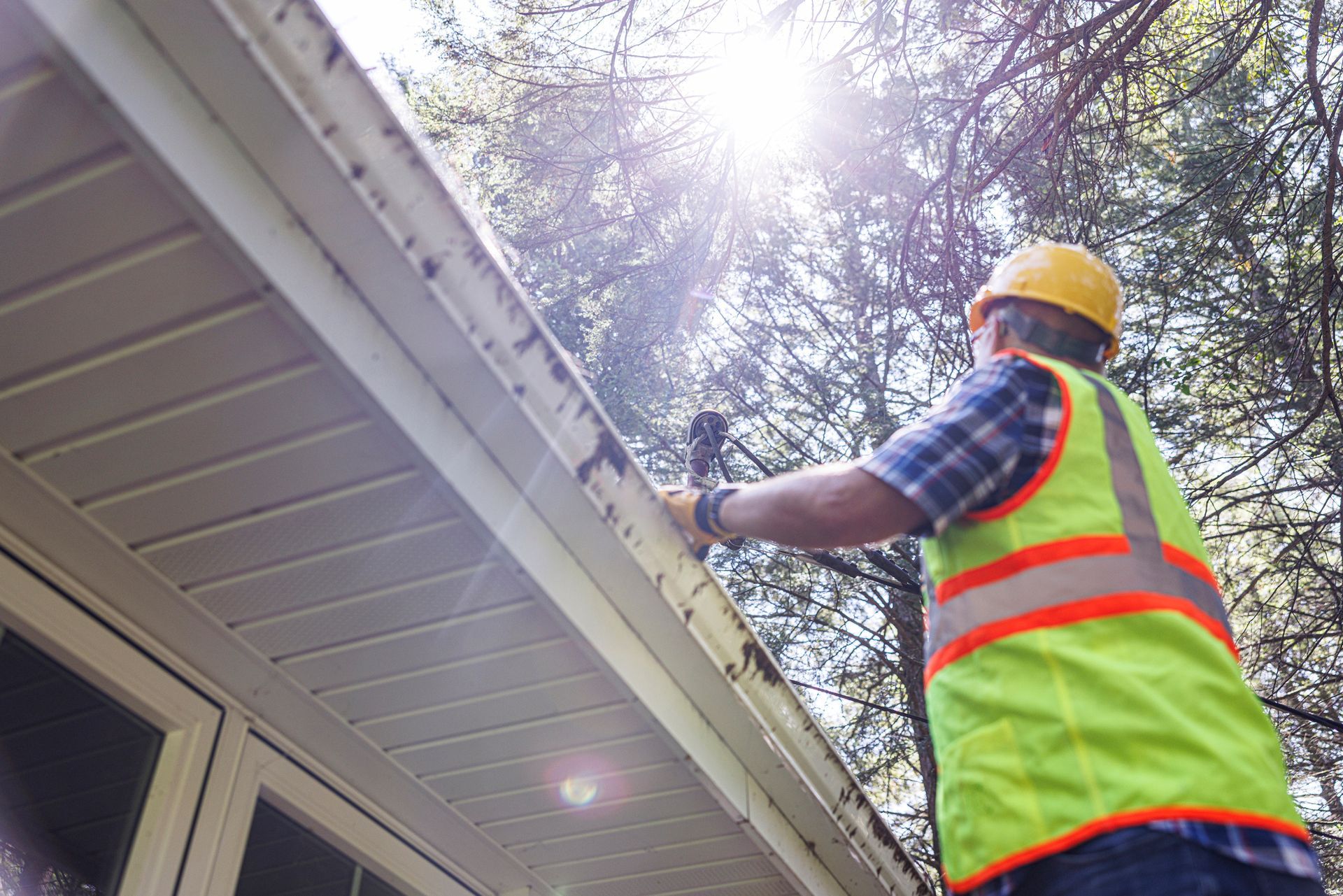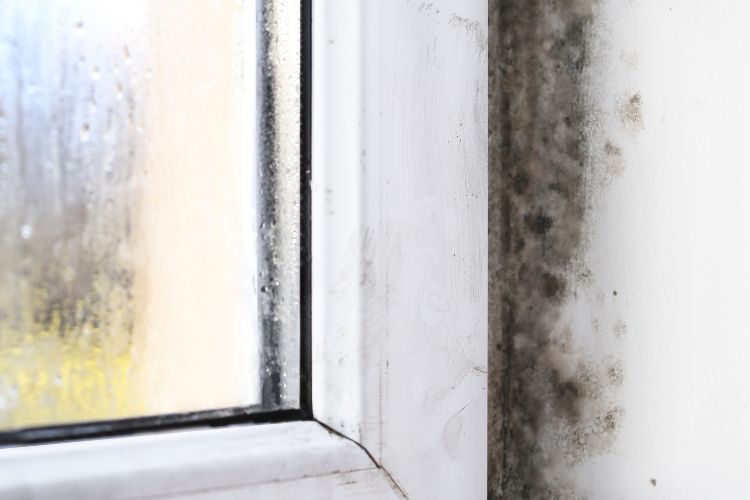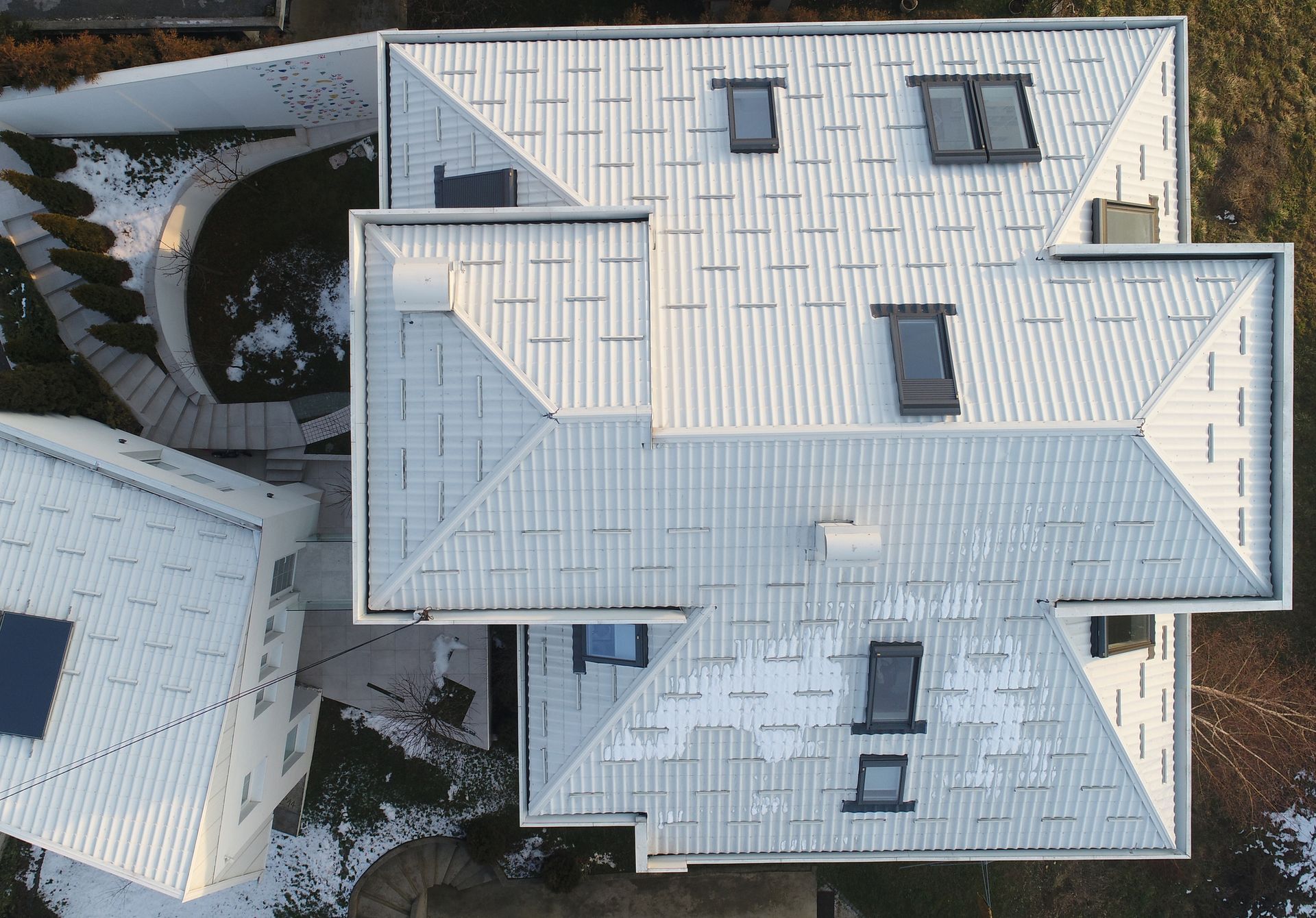Thorough and Technical Home Inspections
At Project Worx, we pride ourselves on offering comprehensive home inspection services in Knoxville, TN, designed to give homeowners peace of mind. Our team utilizes the latest technology and inspection techniques to ensure no aspect of your home goes unchecked. From assessing your heating and cooling systems to inspecting the structural components and roof coverings, we thoroughly evaluate your property to uncover any hidden issues that could impact its safety, efficiency, or value. With flat-rate pricing starting at just $375, we offer a complete inspection package that covers critical areas of your home, including plumbing systems, electrical systems, and interior and exterior components. We also provide advanced services such as thermal imaging surveys and carbon monoxide/gas detection to identify problems that aren’t visible to the naked eye. Whether buying or selling a home, our inspection will provide the information you need to make informed decisions. Project Worx is your trusted partner for high-quality home inspections and unmatched customer service in Knoxville, TN. Call us today at
877-775-9679 to schedule your inspection or to learn more about how we can help safeguard your home investment.
Home Inspection Package
The Essentials
Flat Rate Pricing (Includes Tax*)
$ 375
Includes
- Heating & Cooling Systems
- Electrical System
- Plumbing System
- Structural Components
- Foundations
- Roof Coverings
- Exterior and Interior Components
- Any other aspects that affect the dwelling
- Carbon Monoxide/Gas Detection
- Wood Destroying Organisms
- Thermal Imaging Survey
*Additional fees may apply.
Superior Home Inspection Services
Drone Roof Inspections
Inspectors are often limited to inspecting buildings from ground level, whether due to safety concerns or height restrictions. This makes it challenging to inspect rooftops, especially ones that are hard to access. While ladders and pulley systems can be acceptable, many inspectors find the risk too high. A drone lets us view the entire building while remaining safely on the ground.
Drone inspections allow inspectors to see everything, including areas that might otherwise go unseen. They can also take high-quality photos and videos, providing detailed information about problems such as leaks and damage. Drone inspections are much faster than the traditional method, requiring far fewer people and taking considerably less time.
Thank you for choosing Project Worx!
You will receive a confirmation email when you schedule your home inspection online.











